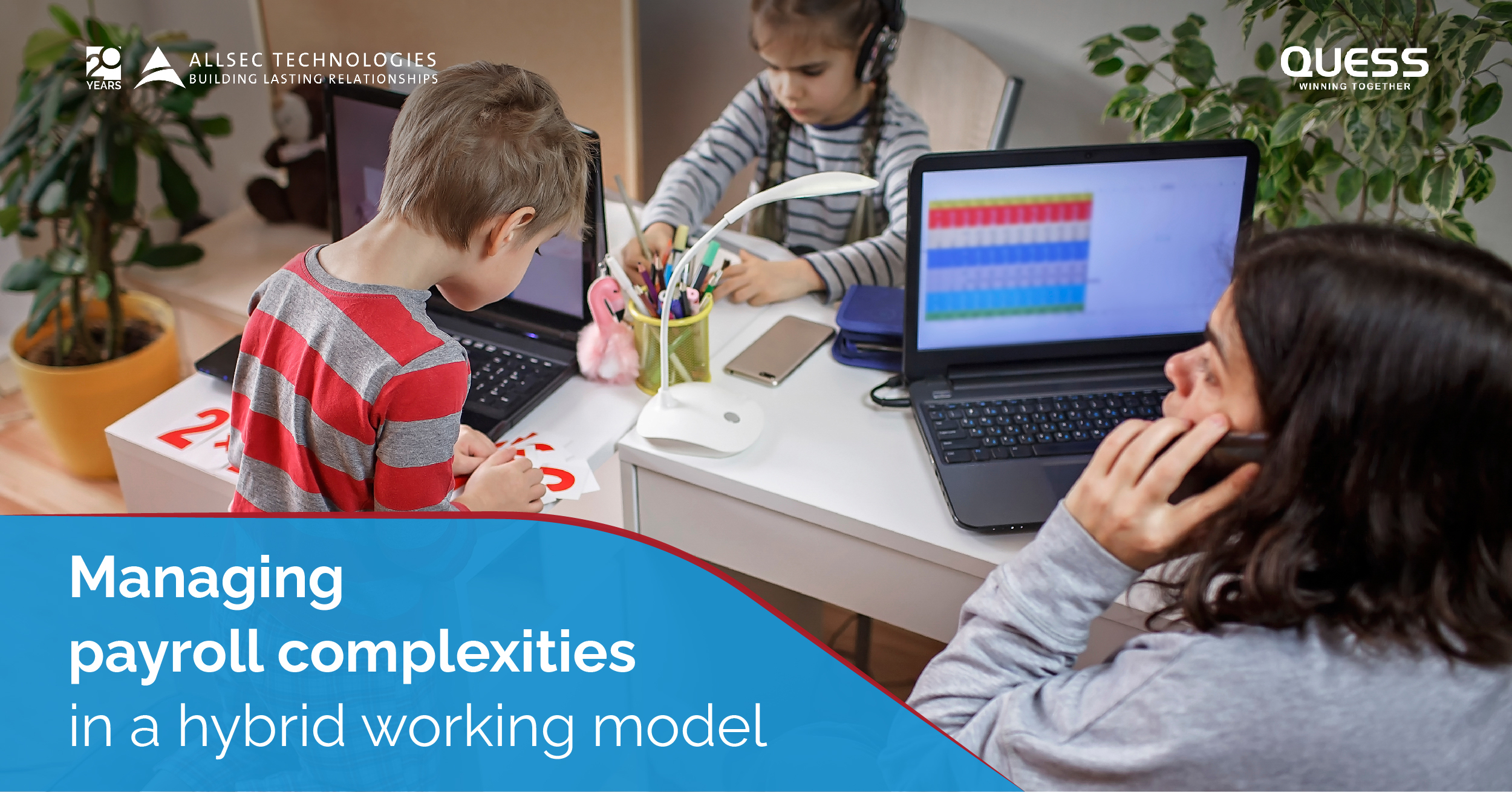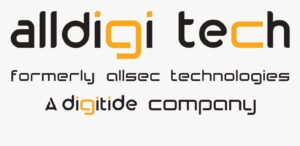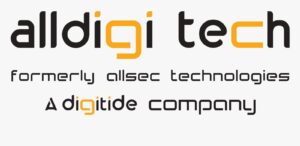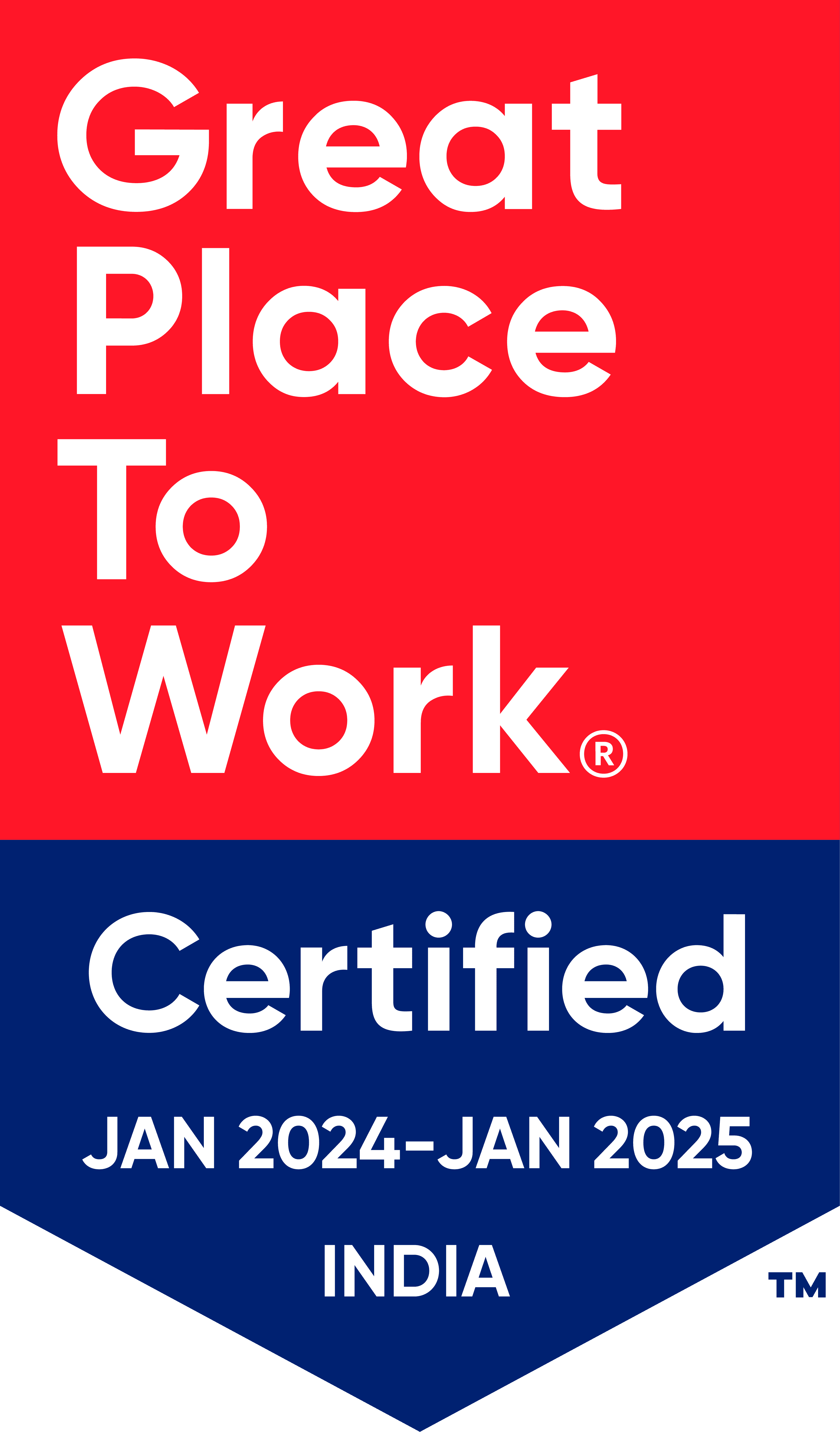
Managing Payroll Complexities in Hybrid Working Model
FY 21-22 started off with a message of flexibility. Microsoft, Ford Motor Company, Citigroup, Inc., and Google, cemented their intention to make hybrid working the “new-normal.” For example, Google plans to allow its employees to work from home twice a week even after the onsite work resumes.
But the new model can put employers in deep waters. Ensuring a level playing field for all the employees, integrating employees in a virtual space, avoiding any HRM-related litigation are only a few of the challenges of a hybrid working model.
So how can the new hybrid model work? The answer seems to lie with unified payroll systems.
Roadblocks in hybrid workplace transition
Many businesses stumbled when trying to manage the overnight transition into a hybrid workplace. Changing from onsite monitoring to remote monitoring was a huge shift for managers.
A few roadblocks that arose during the transition are
- Monitoring scattered workforce
- Tracking employee productivity
- Tracking attendance
- Maintaining a proper communication channel
- Managing all-inclusive payroll – from operational and gig workers to C-suite
- Revisiting compliance at every level
This is the result of the absence of a system to manage a flexible workforce.
Redefining operations
With factors such as constantly evolving business models, new labour laws, and a scattered workforce at play, organizations need a sophisticated system to monitor, engage and manage employees. A single, integrated and fully automated payroll processing system makes managing a hybrid workplace a walk in the park. It encourages geographical flexibility, employing borderless talent, and a hybrid workforce.
Another dimension where integrated payroll excels is simplifying compliance management, The increased inclusion of gig workers in most companies often poses a challenge in staying compliant with statutory laws. Such a system accommodates all employees including C-suites, gig workers, contractual workers, etc.
Centralising the payroll management also enhances the employer and employee dynamics. In addition, data accessibility and report generation contribute to seamless digital auditing processes.
The wellbeing priority
During uncertain times, a unified payroll system needs to be a top priority for all HR managers. The hassle-free operations it provides cannot be overlooked.
The new workplace transition can also be tough on the employees. A platform where they can access all work-related information about their payroll, productivity, and leaves facilitates fluent adoption of the model.
A unified system reduces the administrivia of the HR managers. It allows the managers to focus on decision making, better employee engagement and experience, and strategies to improve productivity.
The inescapable hybrid future
Adoption of a hybrid work model en masse might become inevitable. But it is not a tough nut to crack. Organizations can seamlessly transition into hybrid working models with a unified payroll system. This increases overall productivity that forms the entirety of organizational success. And hence answers the former question of whether the hybrid working model is suitable for all organizations. Without a doubt, any type of organization can adopt a decentralized workforce with a centralized payroll system.
To get your own sophisticated, upgraded unified payroll system to make your organization hybrid workforce friendly, reach out to Alldigi.



